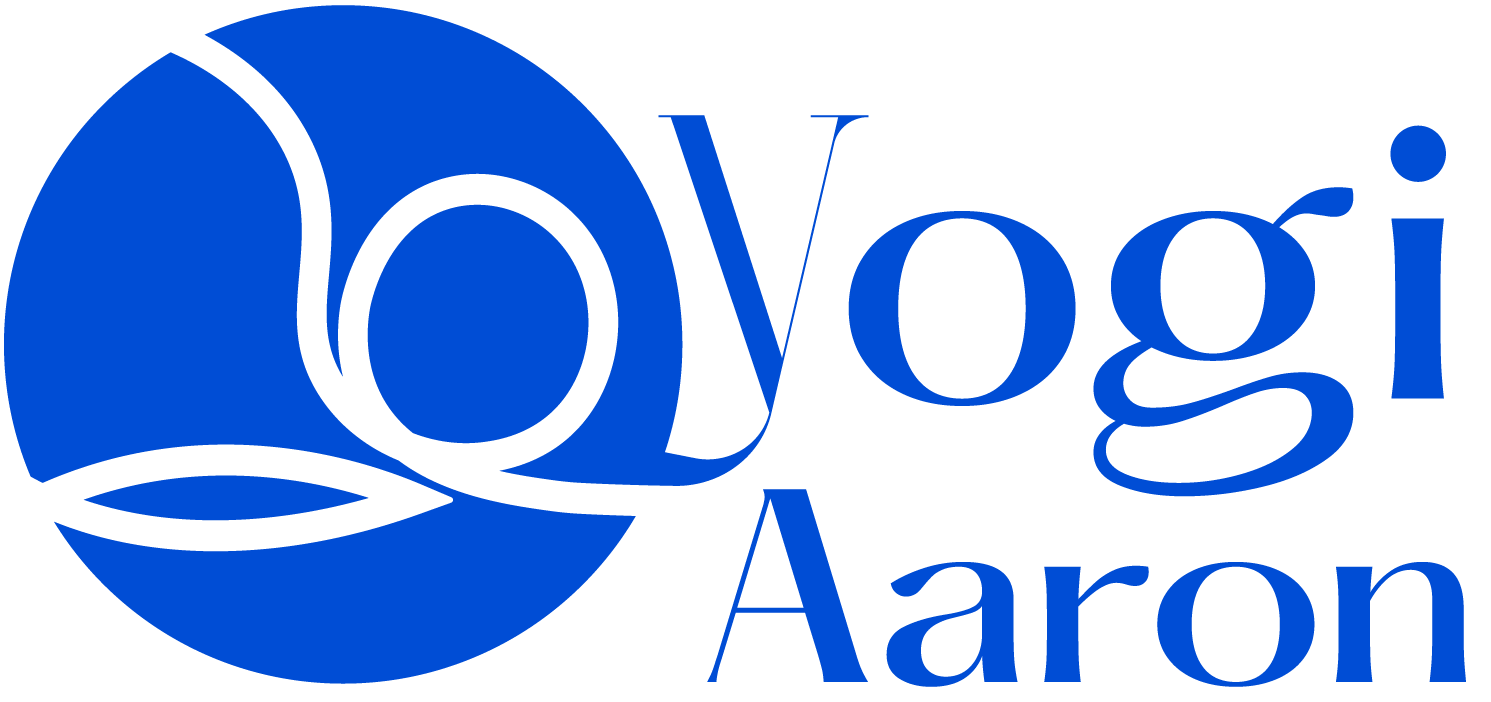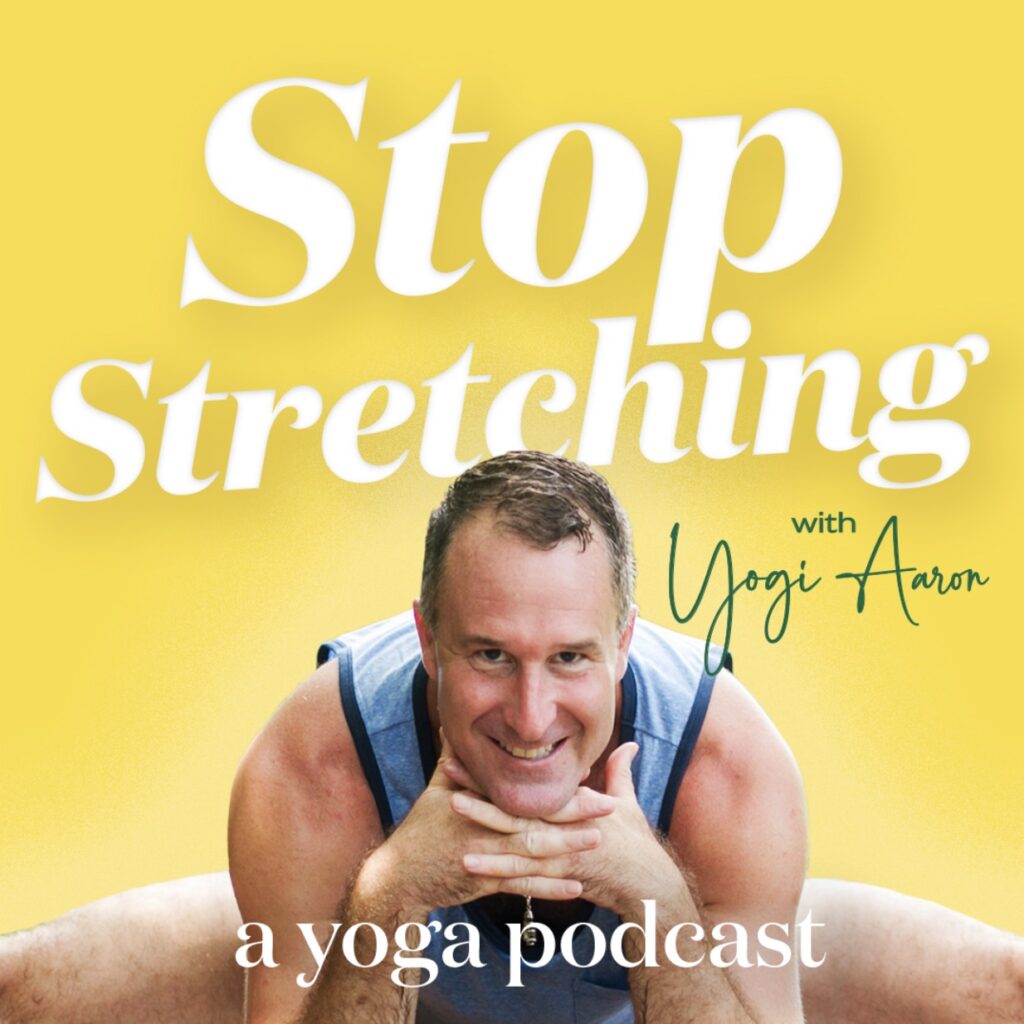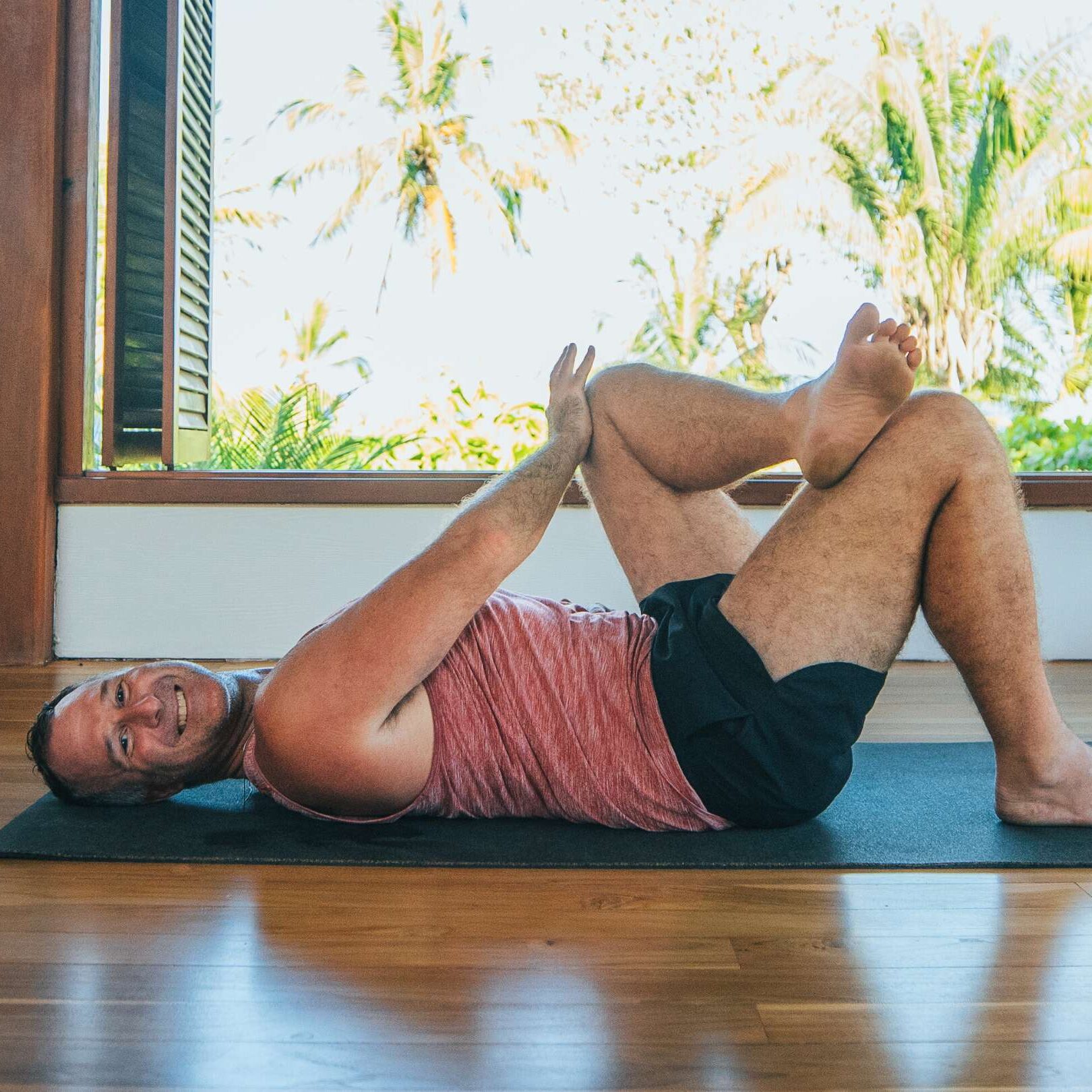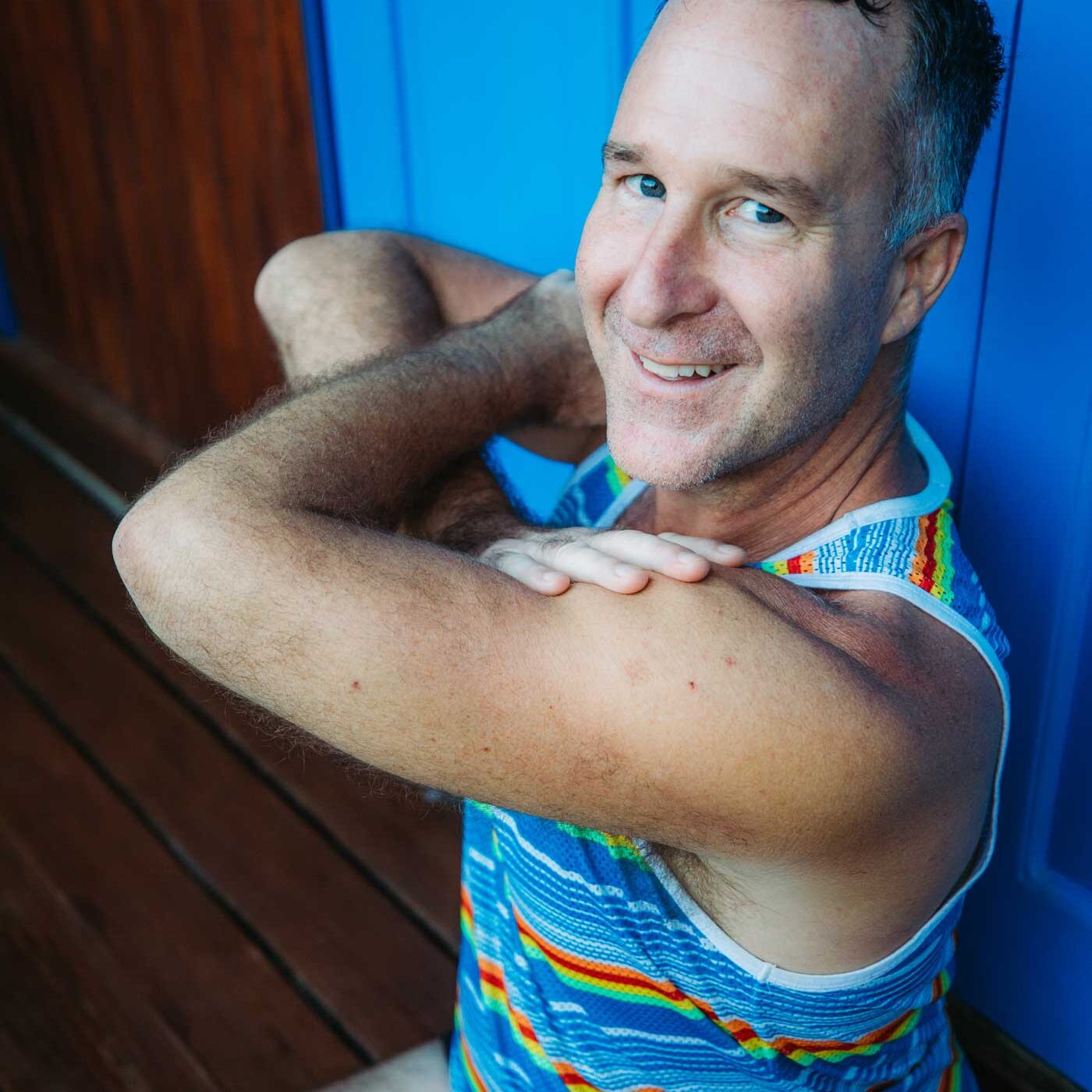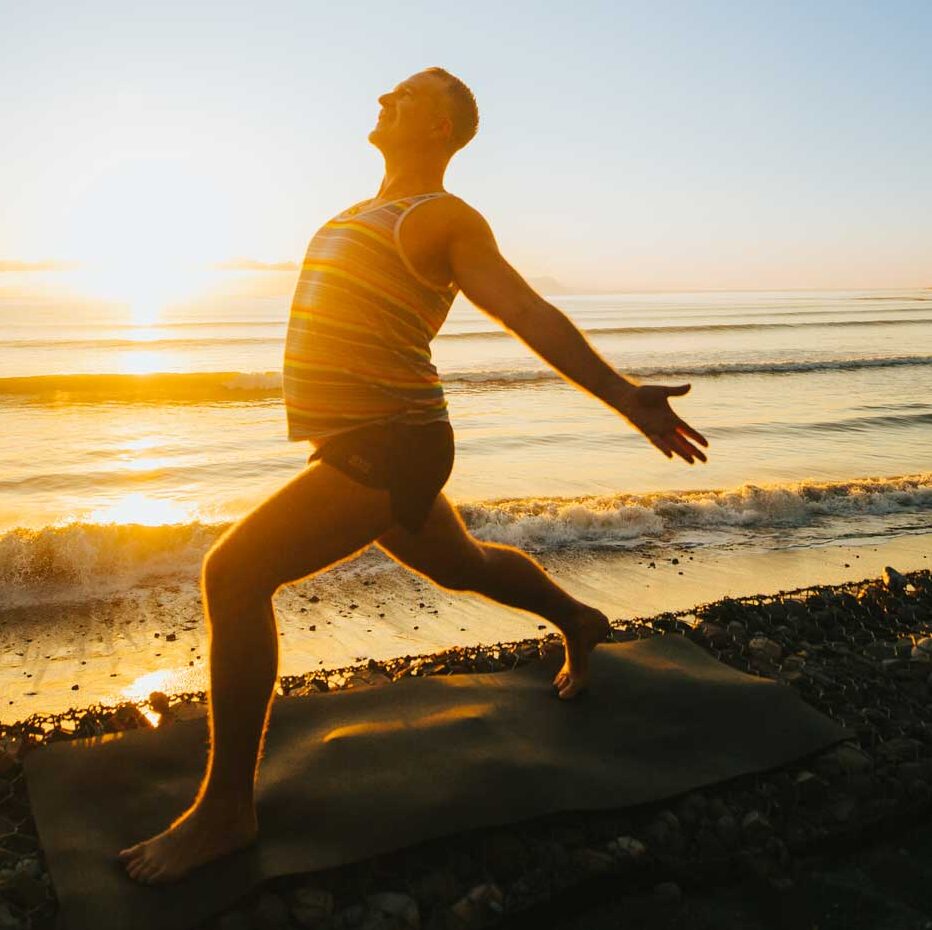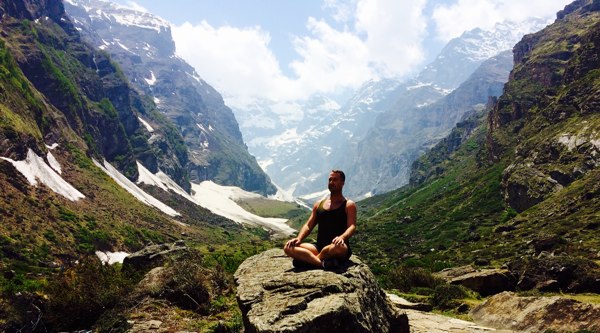Yoga is more than just a physical practice—it’s a journey of self-discovery, balance, and transformation. However, in the modern yoga world, many teachers have lost sight of yoga’s true purpose. In this article, we’ll explore what makes a great yoga teacher, the pitfalls to avoid, and how instructors can create a safe, empowering space for students. If this topic interests you, you should listen to my podcast “Stop Stretching.” Here’s the direct link to episode 7.
In this article, you will learn:
- The Dark Side of Yoga Instruction
- The Role of a Yoga Teacher: What It Should and Shouldn’t Be
- The Dangers of Physical Adjustments in Yoga
- The Problem with Demonstrating Poses
- Creating a More Effective and Safe Yoga Class
- Conclusion: The Future of Yoga Teaching
The Dark Side of Yoga Instruction
Westernized yoga has seen the rise of influential yet controversial teachers. I am talking of people like B.K.S. Iyengar, Pattabhi Jois, and Bikram Choudhury. While their styles have shaped modern yoga, they have also left behind a legacy of physical and emotional harm. This is, in my opinion, due to aggressive adjustments and toxic teaching methods.
Why Students Choose the Wrong Teachers
It’s common for students to be drawn to authoritative or even abusive teachers because they equate intensity with effectiveness. However, true yoga instruction should be about guidance, not domination. Students must be aware of their power to choose teachers who nurture rather than break them.
The Role of a Yoga Teacher: What It Should and Shouldn’t Be
Yoga Teachers Are Not Therapists
Many teachers fall into the trap of trying to be a student’s therapist, life coach, or best friend. While emotional support is part of the journey, yoga teachers must remain within their scope of practice. Their primary role is to facilitate self-awareness and transformation through movement and breath.
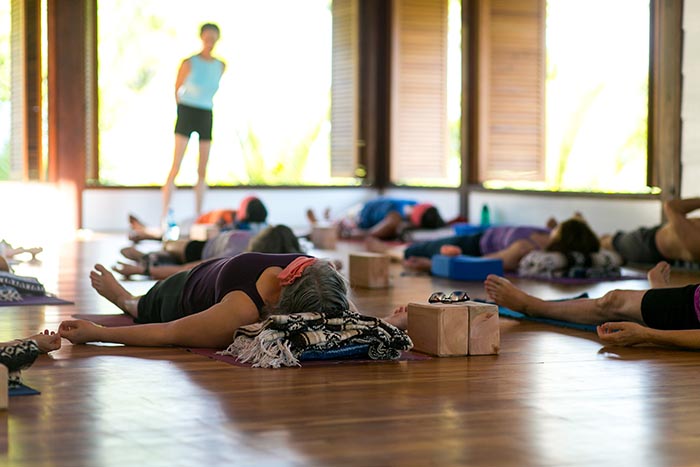
Holding Space, Not Seeking Validation
A great yoga teacher understands their role is to create a space for students to explore their potential, not to feed their own ego by impressing students with advanced poses.
The Dangers of Physical Adjustments in Yoga
Why Hands-On Adjustments Are Problematic
One of the biggest mistakes yoga teachers make is physically adjusting students. Without a deep understanding of anatomy. Passive adjustments, especially forceful ones, can:
- Weaken neuromuscular connections
- Increase the risk of injury
- Create dependency on external force rather than internal stability
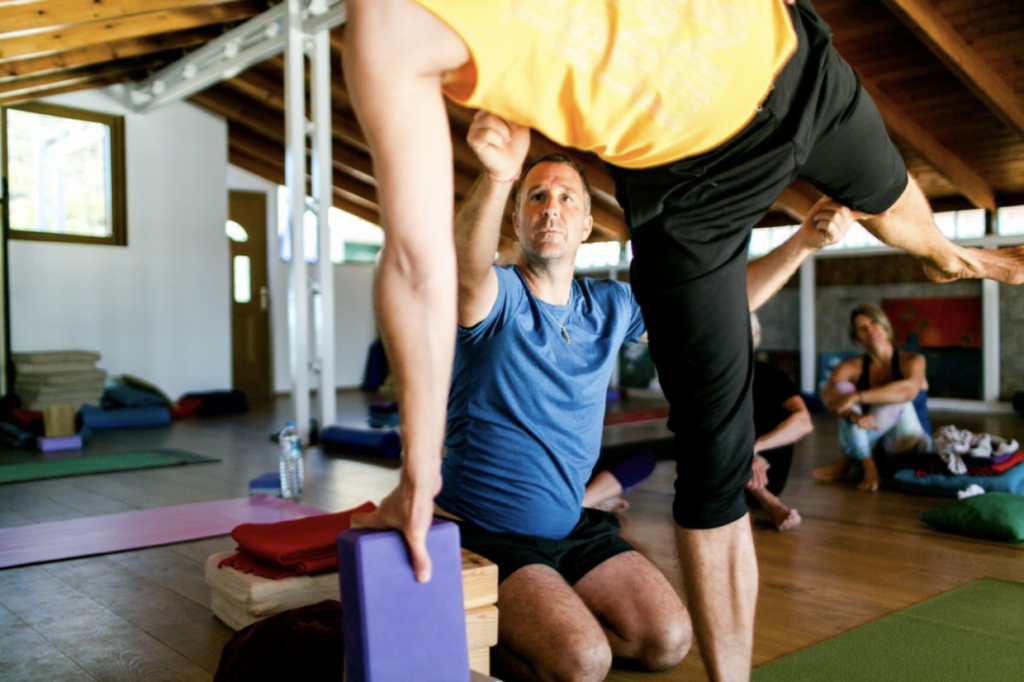
The Alternative: Active Engagement Over Passive Stretching
Instead of pushing students into deeper poses, teachers should encourage muscle activation. For example:
- Rather than forcing a student into a deeper twist, guide them to engage their core muscles.
- Instead of pressing down on a student in Child’s Pose, encourage diaphragmatic breathing in Crocodile Pose.
The Problem with Demonstrating Poses
Why Teachers Shouldn’t Lead by Example in Every Pose
While demonstrating can be helpful, teachers should avoid leading an entire class by practicing alongside students. This can lead to:
- Unhealthy comparisons between students and instructors
- A lack of individual attention for students
- The focus shifting from student growth to the teacher’s personal practice
A better approach is to walk around, observe, and offer verbal cues rather than demonstrating every movement.
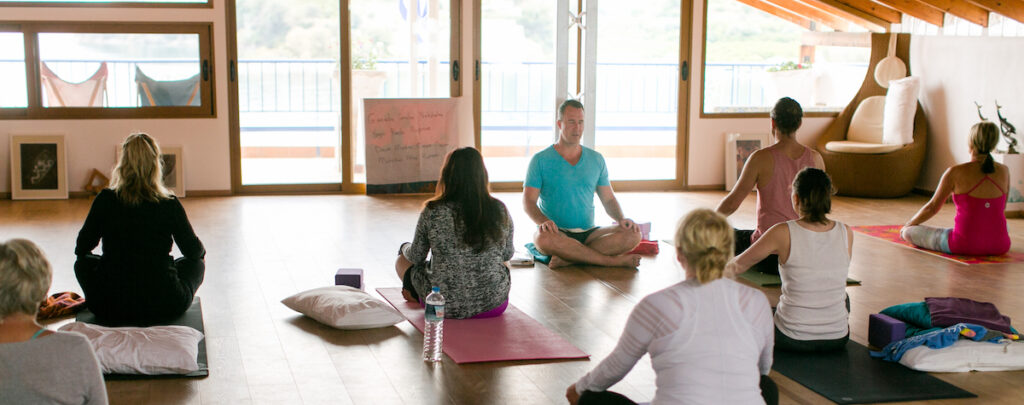
Creating a More Effective and Safe Yoga Class
Focusing on Breathwork and Internal Awareness
Rather than making classes about pushing limits, teachers should emphasize:
- Pratyahara (withdrawal of the senses)
- Controlled breathwork to promote inner balance
- Movements that enhance stability rather than extreme flexibility
Prioritizing Quality Over Quantity in Asanas
A student doesn’t need to master dozens of poses to experience transformation. Sometimes, focusing on a few key poses with proper engagement is far more beneficial than attempting an extensive sequence.
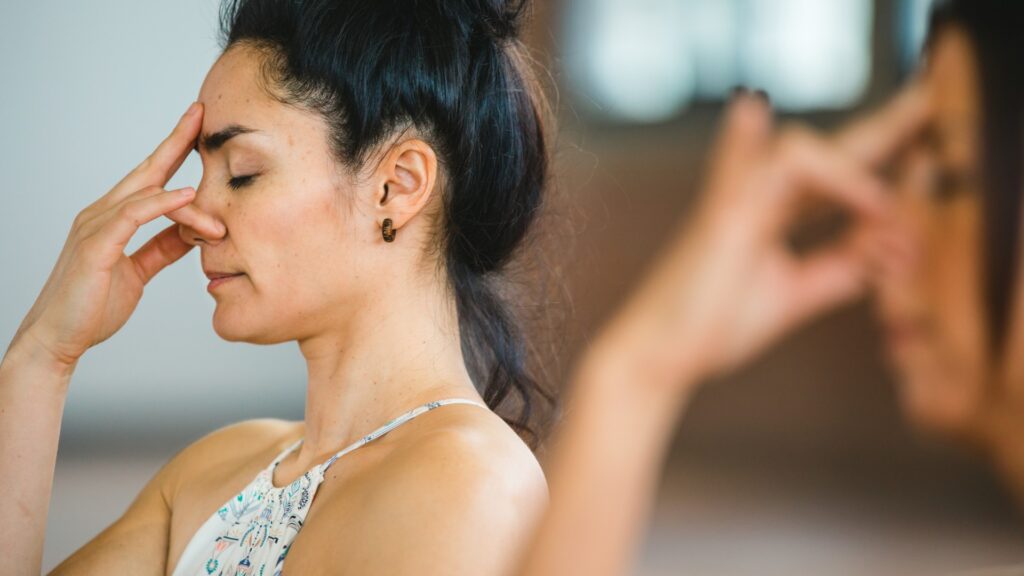
Conclusion: The Future of Yoga Teaching
To be an exceptional yoga teacher, it’s essential to shift from outdated, potentially harmful practices to a more conscious and science-backed approach. By focusing on activation over stretching, breath over force, and empowerment over control, yoga teachers can create a truly transformative experience for their students.
If you’re a yoga teacher or student looking to deepen your understanding of safe and effective yoga, remember this: Yoga isn’t about performing the deepest pose. It’s about cultivating the deepest awareness.
